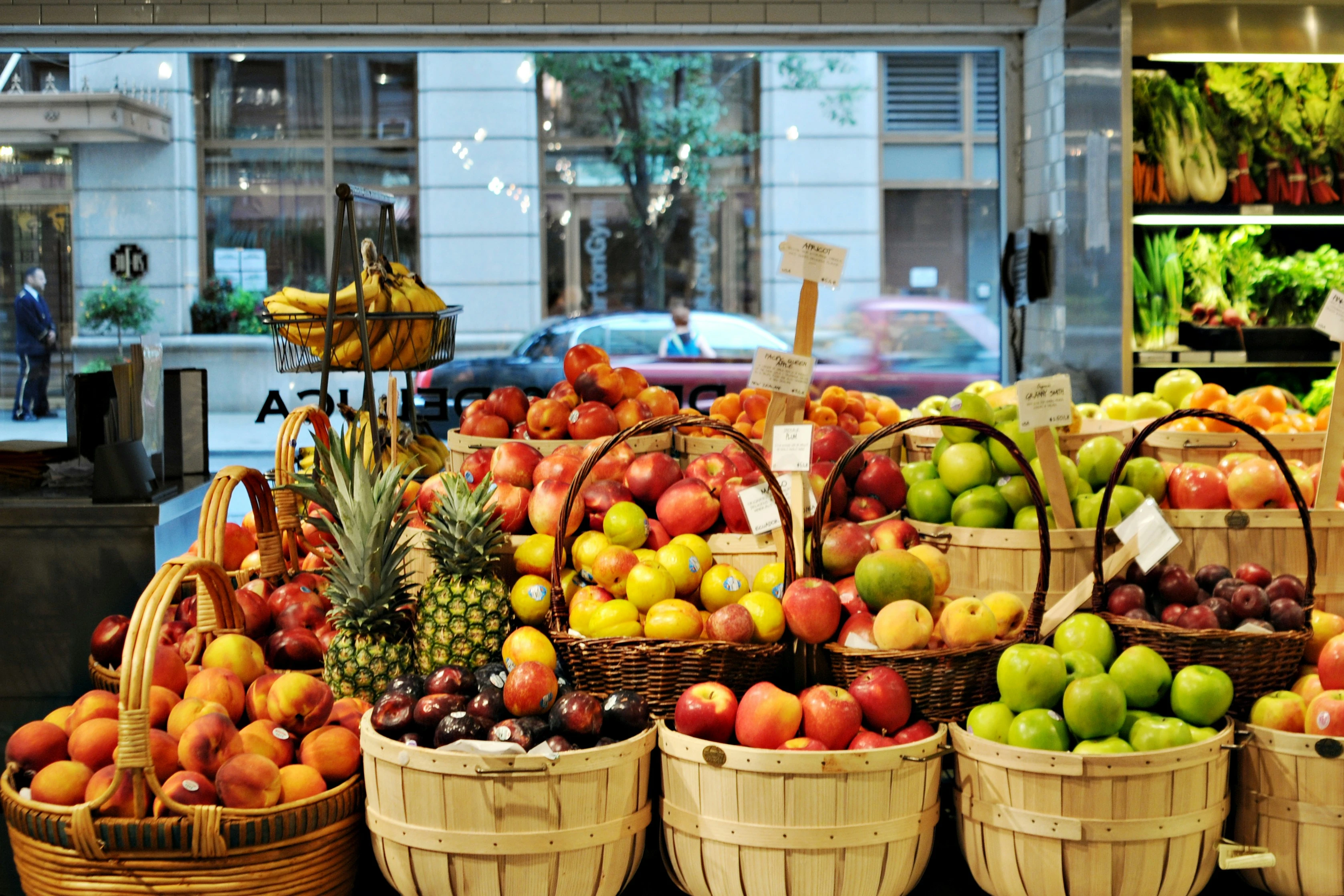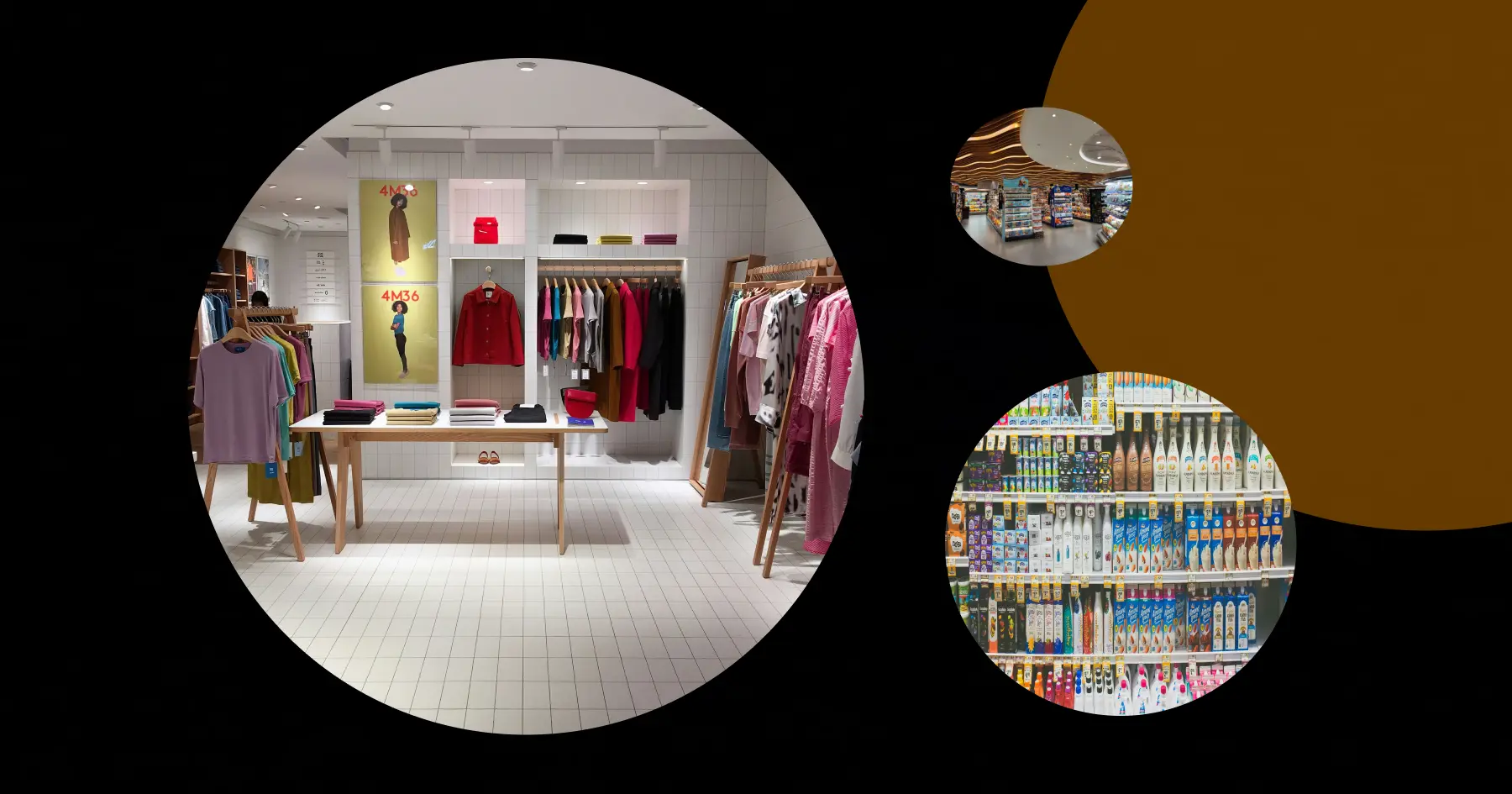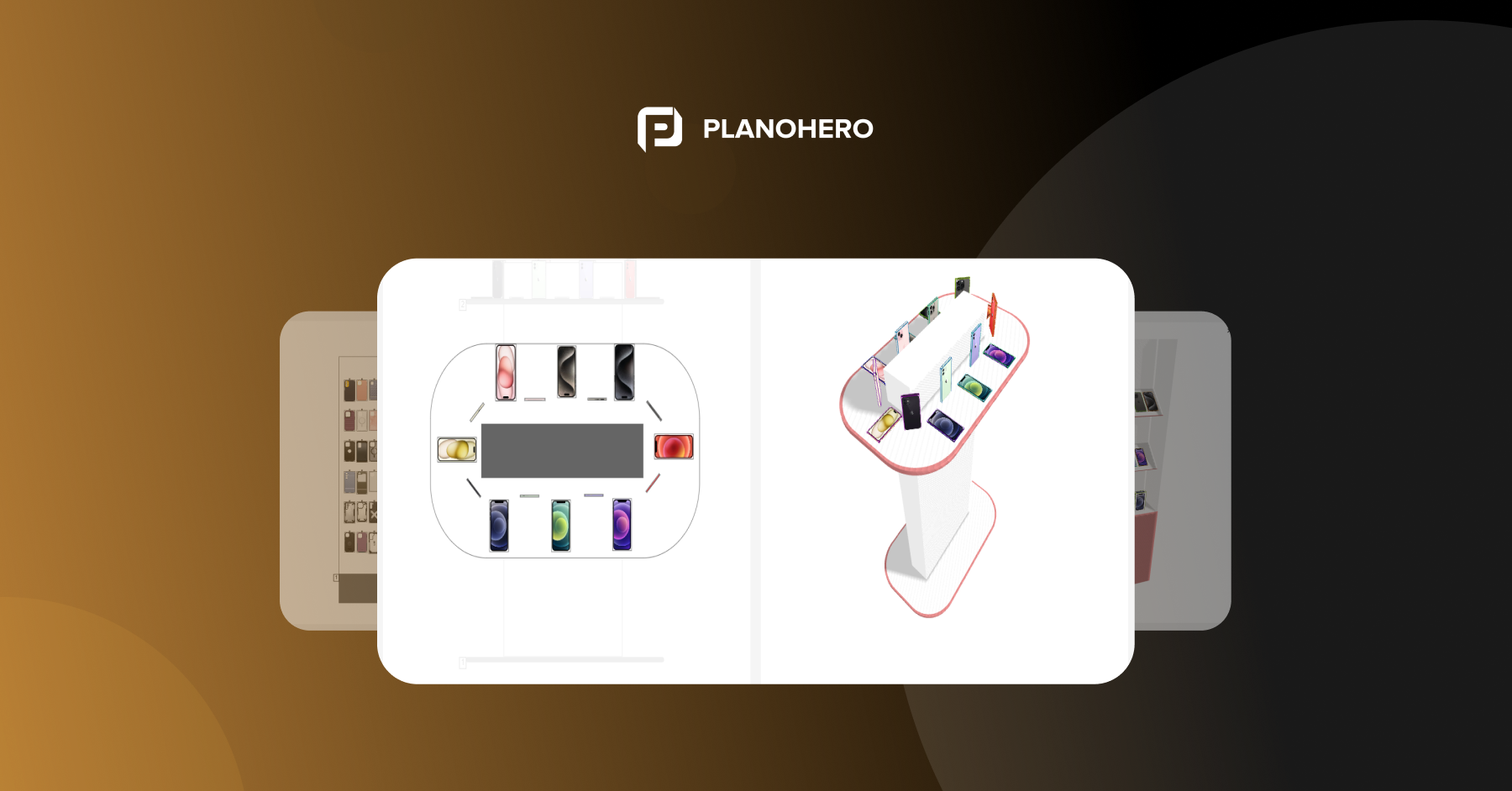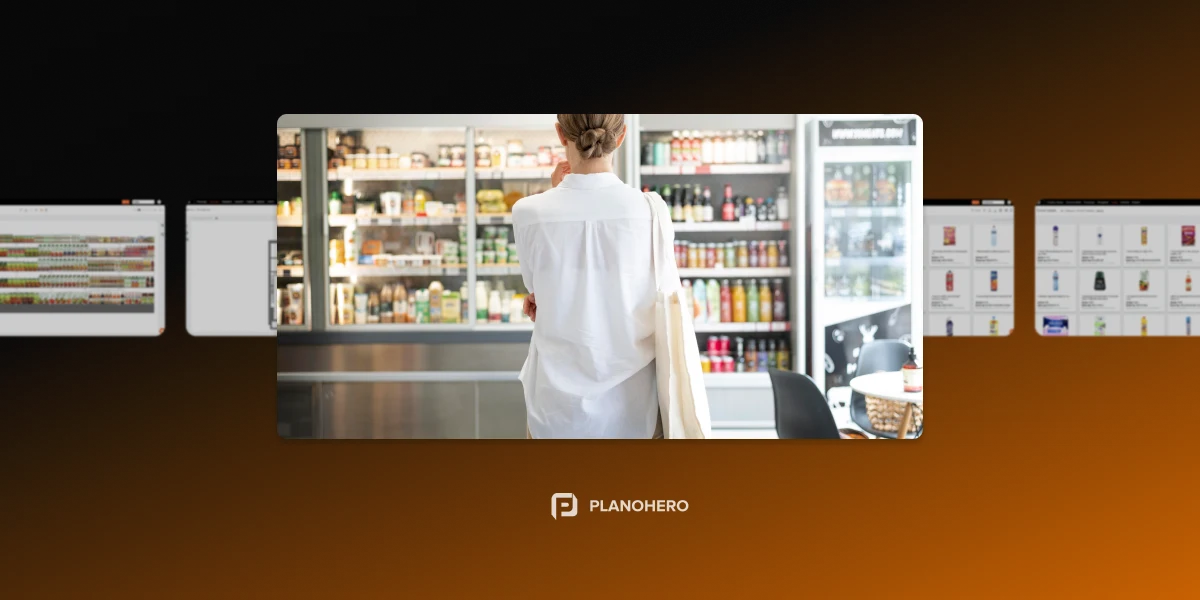Every square foot of your store is selling something — or missing an opportunity.
In-store product merchandising is where retail strategy meets psychology: it’s how you arrange, display, and present products to catch attention, guide customers, and drive more sales.
And in a world where online competition is fierce, your physical space must do more than just hold inventory — it must create an experience.
This guide will show you how to:
-
Turn displays into silent sellers
-
Use layout and lighting to shape buying behavior
-
Tap into customer emotions with storytelling and sensory cues
-
Boost impulse buys and increase basket size
-
Avoid costly layout mistakes and underperforming zones
Whether you're setting up a fashion boutique, a grocery store, or a specialty shop, these real-world strategies and examples will help you transform your store into a sales machine.
What Is Product Merchandising?
Product merchandising is the strategic planning and presentation of products in a physical retail environment to increase visibility, influence purchasing decisions, and maximize sales.
It involves:
-
Shelf organization and planograms
-
Seasonal and promotional displays
-
Store layout and customer flow
-
Lighting, signage, and color schemes
-
Impulse zones and cross-merchandising
-
Storytelling through themes, props, and product pairings
Think of great merchandising as retail choreography — guiding your customers through a carefully crafted experience where each touchpoint invites action.
Why Is Merchandising Important in Retail?
The ROI of In-Store Merchandising
- Increases product visibility in key zones
When high-demand or high-margin items are placed in high-traffic areas (like near entrances or ends of aisles), they're more likely to be noticed and purchased. For example, placing new arrivals on a branded display at the store entrance can immediately capture attention.
- Encourages impulse purchases at strategic points
Retailers often place small, high-margin products near checkout counters or next to essential items. Think gum, travel-sized items, or seasonal gifts at a drugstore — all positioned to trigger spontaneous decisions.
- Improves customer navigation and flow
Smart store layouts guide shoppers through a journey that exposes them to more merchandise. Grocery stores, for example, place staple goods (milk, eggs, bread) at the back so customers walk past multiple product categories to get there.
- Enhances perceived product value
Luxury brands use lighting, spacing, and minimalistic displays to make a product feel premium. The same jacket can feel more expensive if it’s displayed on a single hanger with spotlighting, rather than on a crowded rack.
- Turns casual foot traffic into purchase-ready shoppers
Even if customers didn’t plan to buy, well-positioned displays and sensory merchandising (smells from a bakery, music in a fashion store) nudge them toward action.
In-Store Merchandising Strategies That Work
1. Eye-Level = Buy Level
Place your best-selling or highest-margin items at eye height for your target customer.
Example: In a hardware store, high-margin drill bits are placed at adult eye level, while impulse grab items like batteries sit just below.
2. Create Emotional Storytelling Displays
Displays that tell a story connect better with shoppers by helping them visualize the product in their daily lives.
Example:
Transform an endcap into a “Sunday Family Breakfast” scene. Use a rustic wooden table setup with a small tablecloth, stacked pancake mix, maple syrup, eggs, and fresh fruit. Add a printed recipe card and a warm-toned sign that reads:
“Everything You Need for a Cozy Weekend Morning”.
This kind of display doesn’t just promote ingredients — it invites shoppers into a relatable moment, sparking emotional appeal and encouraging them to buy the full set of items, not just one.
Pro Tip: Use props like mugs, utensils, or placemats (non-sellable items) to stage the story and enhance immersion.
3. Use Color Psychology
Colors directly affect shoppers' moods and behavior.
- Red/Orange – urgency, sale zones
- Blue/Green – trust, health, sustainability
- Yellow – energy, optimism
Example: A health food store uses green and earth tones for organic products, while a clearance bin might have red tags and bold signage.

4. Rotate Displays Every 1–2 Weeks
Keep displays fresh to encourage return visits and prevent “display blindness.”
Example: A fashion boutique updates its front-window display weekly, featuring trending outfits, styled mannequins, and color-matching accessories.
5. Build a Guided Customer Journey
Design store flow that naturally leads people from one area to another.
Example: IKEA forces foot traffic along a winding path that exposes customers to nearly every category in the store. Even smaller stores can use subtle signage or flooring changes to guide traffic.
6. Use Impulse Zones Near Checkout
Always leave space for small, easy-grab items before customers exit.
Example: At a garden center, the area near the register offers gloves, seed packets, and novelty plant pots — items often added at the last moment.
Real-World Examples of In-Store Product Merchandising
Here are real examples of how top retailers use in-store merchandising strategies to drive foot traffic, boost product visibility, and encourage impulse purchases:
IKEA: Path-Driven Product Discovery
- Merchandising Strategy: Guided customer journey + room-based inspiration displays
- Execution: IKEA stores use a carefully planned pathway that leads shoppers through a series of fully merchandised room setups (living rooms, kitchens, offices). Each space is staged with complementary items, encouraging add-on purchases.
Takeaway: Let the store layout itself become a merchandising tool. Encourage full-basket purchases by showing how products work together in context.
Source - Medium – How IKEA Has Mastered the Gruen Effect
Local Wine Store: Micro-Experience Corners
- Merchandising Strategy: Immersive storytelling + sensory elements
- Execution: A boutique wine shop sets up a rustic tasting station with wooden crates, local vineyard info cards, and ambient jazz. A small display features cheese pairings, creating a curated “evening in” concept.
Takeaway: Even small retailers can use props and ambiance to enhance product storytelling and increase basket size.
Planograms for Effective Product Merchandising
You can’t improve what you haven’t planned.
A planogram (plan-o-gram, POG) is a visual diagram that maps out where and how products should be placed on shelves, fixtures, or floor space. It’s a foundational part of strategic product merchandising — ensuring that space is used effectively, inventory is optimized, and shopper attention is directed where it matters most.
Why Use a Planogram?
-
Ensures consistency across store locations
-
Highlights priority SKUs (new, seasonal, high-margin)
-
Prevents overstocking and understocking
-
Helps staff set up and restock displays efficiently
-
Aligns shelf space with sales data and customer flow
Example: A grocery store might use a planogram to ensure breakfast cereals are placed at eye level for kids, while healthy adult options sit just above — maximizing visibility for both audiences.
Tools for Planogram Creation
Modern planogram software helps automate and improve merchandising decisions using data, not just gut feeling.
PlanoHero — a solution designed for retailers that want to manage product layouts across multiple stores efficiently. It helps teams create, adjust, and roll out planograms based on inventory, shelf dimensions, and performance metrics.
While some small stores still use spreadsheets or manual sketches, digital tools like PlanoHero make it easier to:
-
Standardize layouts
-
Reduce merchandising errors
-
Adapt quickly to promotions or seasonal changes
-
Share visuals and instructions with store staff in real time
Tip: Consider reviewing planogram performance monthly. Adjust based on real sales, not just supplier requests or brand pressure.
Conclusion: Turn Product Merchandising Into a Sales Strategy
Product merchandising isn’t just about making your store look good — it’s a strategic tool for driving sales, improving customer experience, and making every square foot of your store work harder.
When done right, effective merchandising:
-
Guides shoppers through your store intentionally
-
Increases visibility of high-margin and seasonal items
-
Sparks emotional connections and impulse purchases
-
Creates consistency across locations
-
Helps staff execute layouts efficiently with tools like planograms
Whether you’re managing a grocery store, fashion boutique, or specialty shop, smart product merchandising transforms your store from a space that holds inventory into one that actively sells.
Start small: adjust your shelf layout, test a storytelling display, or review your product zones weekly. And if you're managing multiple stores, consider using planogram tools like PlanoHero to maintain consistency and scale your merchandising strategy with ease.
Looking for a service to create planograms?
Try a free demo version of PlanoHero




